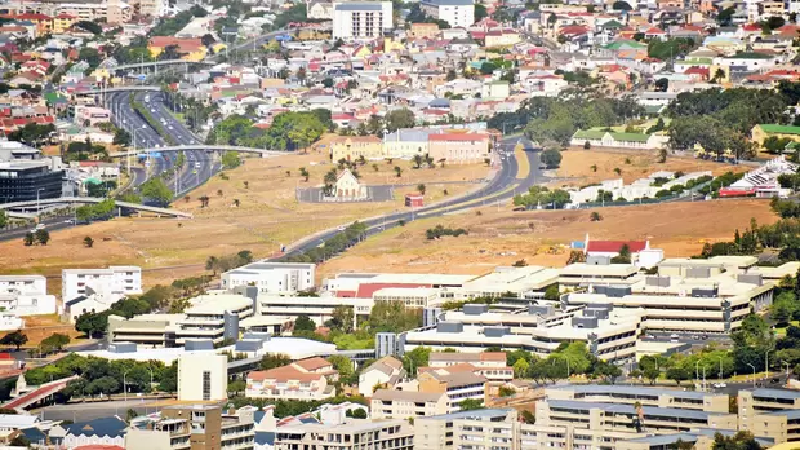On the heels of the contentious, but celebrated renaming of Keizersgracht Street to the famous Hanover Street of District Six, it seems that the area currently known as Zonnebloem will also be renamed shortly. Those eager to see the name District Six reappear on maps and signage again could see their dreams turn to reality as soon as December this year.
The District Six Museum submitted the application for the name change to the Western Cape Provincial Geographical Names Committee in October last year, 2018, after their own extensive public programmes gathered opinion on the renaming.
However, the Geographical Names Committee indicated a need for even broader consultation and subsequently many different public opinion gathering activities were held, according to the director of the District Six Museum, Bonita Bennett.
“This discussion has been coming on for quite a number of years in terms of testing community opinion. The District Six Museum has quite an extensive public programme with former and returning residents and claimants, and part of the discussion has always been that people always refer to the area that is technically known as Zonnebloem, as District Six,” said Bennet.
“Although on the map District Six didn’t exist, it was always that for people.”
Chairperson of the District Six Working Committee, Shahied Ajam, said they had submitted a letter to the Western Cape Place & Name Change Committee Chairperson Mr Bertie Neethling on the 6 June 2019, motivating why the name Zonnebloem should be officially removed from the geographical maps and replaced with the name District Six instead. The D6WC had been the driving force behind the Hanover street name change, which was not widely supported by other D6 organisations.
“We are thus of the opinion that the official application which was put forward in 2018 and the finalization thereof by the various government entities by way of inter-governmental processes should be treated with the greatest of care – and furthermore expedited as a courtesy towards the people of District Six – with emphasis on dignity restoration. In short, we believe the people have suffered enough.”
Despite initial ambivalence toward the renaming due to concerns around the possible wastage of resources, dispersed concentration and divided opinion around the priorities relating to the struggles of District Six residents and claimants, Bennett says that it became clear that the application was worth the effort.
“At every meeting we had, and at all our public programmes, we posed the question and had the discussion in the context of doing our usual work… it became very clear that people really wanted to do this and we filled in the forms.”
Bennett added, however, that the renaming would be “hollow” without strides being made in the return of residents and claimants.
The provincial Minister of Cultural Affairs and Sport’s spokesperson, Stacy McLean clarified that all the necessary public opinion processes have been adhered to in accordance with the relevant Act.
“As part of the application, the District Six Museum undertook a broad public participation process – as required by the Promotion of Administrative Justice [Act] at the department,” said McLean.
If the process runs smoothly and without objection, the renaming will be gazetted in December this year – assuming the national Minister of Sports, Arts and Culture, Nkosinathi Mthethwa signs in agreement to the renaming.
McLean further explained that once gazetted, the renaming will be subject to a 30-day period for public comment. If no objections occur within this 30-day period, the renaming will become official.
VOC






 WhatsApp us
WhatsApp us 

